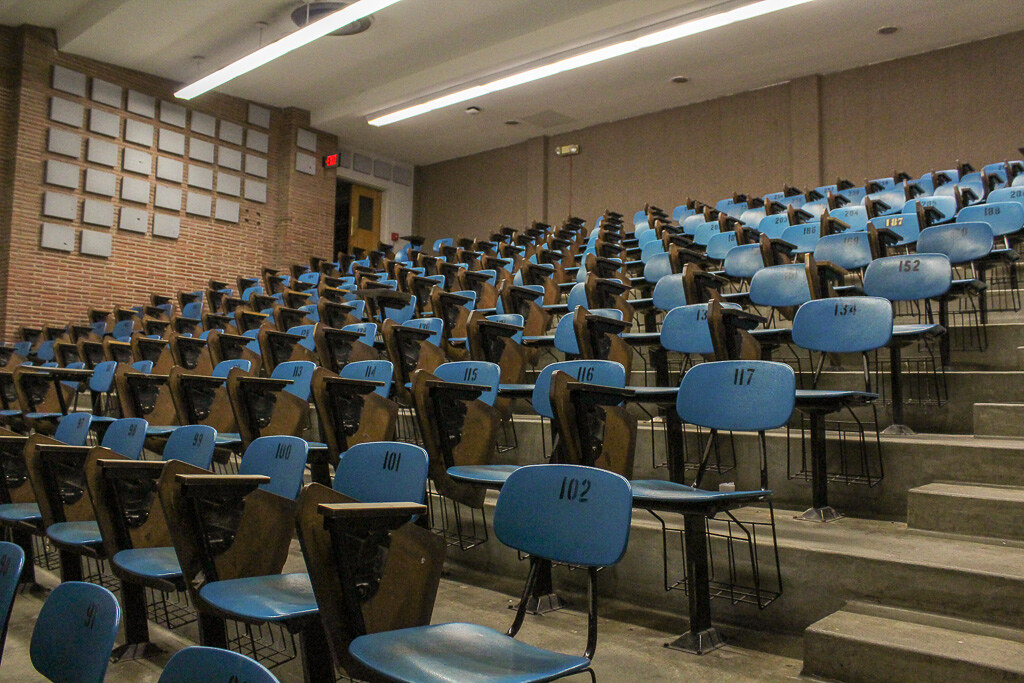Emery A., a union paraeducator in Saco, ME recently spoke with B, a union public school IT worker in Worcester, MA about the current work conditions in public education. Both are members of ISG.
E: Many educators across the country have spoken out about severe staffing and resource shortages which have been worsened by the pandemic. Is this something that you’ve seen? If so, how has that impacted workers and students?
B: This staffing problem isn’t because people aren’t willing to work – it’s because the conditions that workers are put under have pushed many out, and given new workers little reason to sign on. In my workplace, we’ve gone through most of the pandemic with 8 workers responsible for maintaining about 50,000 devices. Even seemingly basic needs, such as increases in pay in relation to the increase in cost of living, are laughed at by administration. For example, one year the union asked for a 12% pay increase to match a 10% increase in the cost of living – a functional pay increase of only 2%. Admin gave only a 6% pay increase, essentially lowering wages for workers by 4%.
Educators are expected to smoothly transition to remote or hybrid learning with little to no warning or prep time. This has left teachers, and the IT workers called in to support them, incredibly overworked with no change in pay or benefits. In previous years, I’d have been able to spend an hour troubleshooting a problem with a teacher – now I have five minutes to find an answer before needing to run to my next call. This constant crisis is paired with a severe misunderstanding by administration of the importance of IT/Tech, especially in the days of remote learning in the pandemic.
E: What safety measures does your school use and how are safety measures decided?
B: There’s no consistency on safety measures between schools. Social distancing often isn’t even possible given the number of children that administration expects us to work with in small, poorly-kept schools. There are schools that I and other workers dreaded going to, or would avoid going to, especially during the height of the Omicron upsurge, because of how rarely they enforced masking and distancing. The larger issues in the schools of understaffing, large classes, and chronic underfunding have made enforcement of COVID procedures very spotty. For a long time, protective masks weren’t provided to workers or students. Recently, schools did start to provide masks, but only five N95s per person – nowhere near enough for workers and students to continue safely and sustainably wearing them for any amount of time.
Despite the increased danger of the recent variant, there was a clear refusal from administration to do what was necessary to ensure a successful transition to remote learning as a means of protecting workers and students. There were times I went into a class with only 5 or 6 students present because the rest of the class was out with COVID. Other schools have had entire teams of teachers out sick at a time. No one is learning anything under these conditions. Now, we’re being pushed into an even more dangerous stage, with schools dropping mask mandates.
After the first lockdown, when the vast majority of students stayed home with remote learning, a massive section of the workforce was forced to stay home to care for their children. Schools are tasked not only with educating children, but also with filling the gaps in the lack of childcare options for working parents. Forcing schools to stay open means sacrificing the safety of our children and educators to keep parents working.
E: Do you feel that the pay is a barrier to new workers entering this environment? Are you unionized, and if so, how active do you feel the union presence in your school is?
B: As IT we’re considered support staff and are organized through what is technically the custodial union. We absolutely have the ability to organize, speak up, and present demands specific to our work, but we have less of a visible face in the union, which can impact workers’ involvement and militancy in the union.
At the same time, our (and other) districts’ administrations work overtime to weaken the unions. It’s very well known that districts close to us pay their workers significantly more. Our district’s lower pay for the same work pushes many workers out. Workers who have put up with this treatment for decades, those who often carry with them the experience of previous decades of workplace organizing as well, are often beaten down, and may look to retire earlier. More recent hires often leave our district to go to where they can make fairer wages in a better work environment. This trend is exactly what the administration wants – to push out seasoned workers who have been a part of labor organizing victories, weaken and possibly break the union, and remove the collective bargaining power of the workers.
E: Have there been struggles in your school between workers/students and administration over any of these issues, or any others, over the course of the pandemic? How was it addressed and did anything change as a result? I know in my area, the staffing and resource shortages are so severe that disabled children sometimes aren’t having their IEP (individualized education plan) goals for adult support met. There is a massive lack of care and interest on the behalf of the administration, in addition to the decades of austerity policies pulling funds from public education. There has been discussion of these issues among workers and frustration among students, but that has yet to amount to organized struggle in our schools. Administrators have made hollow promises to “see what they can do” in response to concerns from workers, but in the absence of a unified struggle, very little is being done.
B: I’m angry especially on behalf of workers who have given decades of their lives to these schools, who tend to be older and more at risk for severe illness from COVID. They’ve gotten so little respect or protection over the course of the pandemic despite putting their lives on the line. To address all of these problems in the short term, and fight for what we all need in the long term, we need more militancy and engagement in our unions. We need active members who are willing to organize, fight for our demands, and take workplace actions when necessary. This will work to meet the pressing needs of workers and students, and combat this long-term push to weaken the union and further exploit workers.
Image Credit: K-State Research and Extension via Flickr // CC BY 2.0

